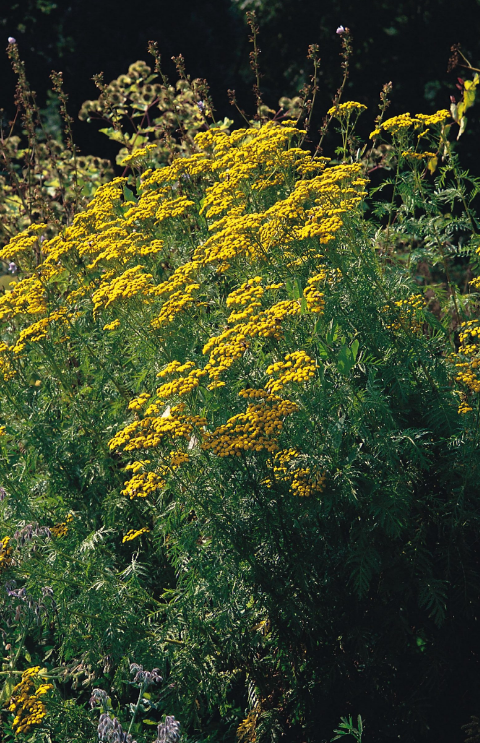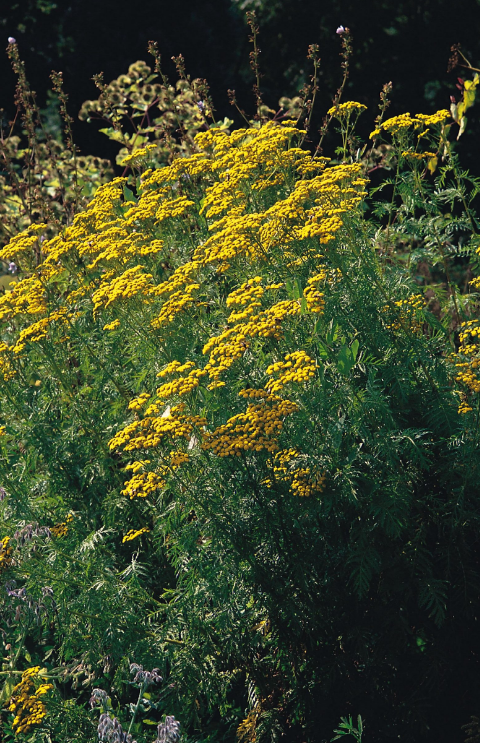Tansy
Tansy
Packet Size: 150 seeds
Couldn't load pickup availability
Tansy (Tanacetum vulgare) is a cheerful, unfussy perennial with plenty of uses. And it’s the usefulness of tansy that will likely persuade you to grow some yourself — it’s known as a natural insect repellent, and it also attracts bees, hoverflies and other helpful insects. From midsummer into autumn, it produces bright yellow button flowers that can even be used to make a natural yellow dye.
Easy to grow and hardy, it can reach up to 120cm tall. Best grown in a big pot or tucked into a corner where it can spread a little. Discover more — details below.
🌱 Seasonal Growing Guide
SOW: in sow in spring or early autumn, in trays or small pots, seed depth 10mm.
GROW: when large enough to handle plant out. You can pinch out growing tips and first set of leaves in May to create a bushier plant. Tansy likes full or part sun in a moist well drained soil. Tansy can spread; in small gardens, perhaps grow in a container. Height 60-120cm and flowering from July to early autumn. Cut down in early spring.
📌USES
WILDLIFE FRIENDLY
- Tansy’s perfect for honeybees and short-tongued bumblebees looking for late-season nectar.
- Loved by ladybirds, whose larvae help control aphids around the garden.
- Supports the Tansy Plume Moth and Cinnabar Moth — both use it for nectar, and the former relies on it for its caterpillars.
- Leaving seed heads through autumn can attract goldfinches looking for a tasty snack.
- Wrens, robins and blue tits can often be seen foraging in and around Tansy plants.
NATURAL DYE PLANT – dyeing information will be added as soon as I can - R
- Tansy gives a beautiful yellow dye – totally natural
CULINARY
- Tansy can be used occasionally in small amounts in cooking. It has a strong, peppery taste and can be used as a substitute for pepper. It compliments scrambled eggs and omelettes, herb butters, and marinades. It can be used fresh or minced.
Caution: Don't ingest Tansy at all if pregnant
NATURAL INSECT REPELLANT
- A ‘tea’ brewed from the leaves of the tansy plant can be sprayed on other plants to help repel insects
- Sprigs in a vase in the kitchen will deter flies in the summer
GOOD FOR YOUR COMPOST HEAP
- Chopped plants added to your compost heap help produce an accessible potassium mix
HISTORICAL
- An aromatic strewing herb in the Middle Ages, and medicinal uses since the Ancient Greeks include help with bruising, rheumatism, varicose veins and sprains.
CAUTION: Don't ingest Tansy at all if pregnant, don’t grow near grazing farm animals, can cause contact skin irritation.

Collapsible content
Sowing
- Mar
- Apr
- May
- Sep
- Oct

